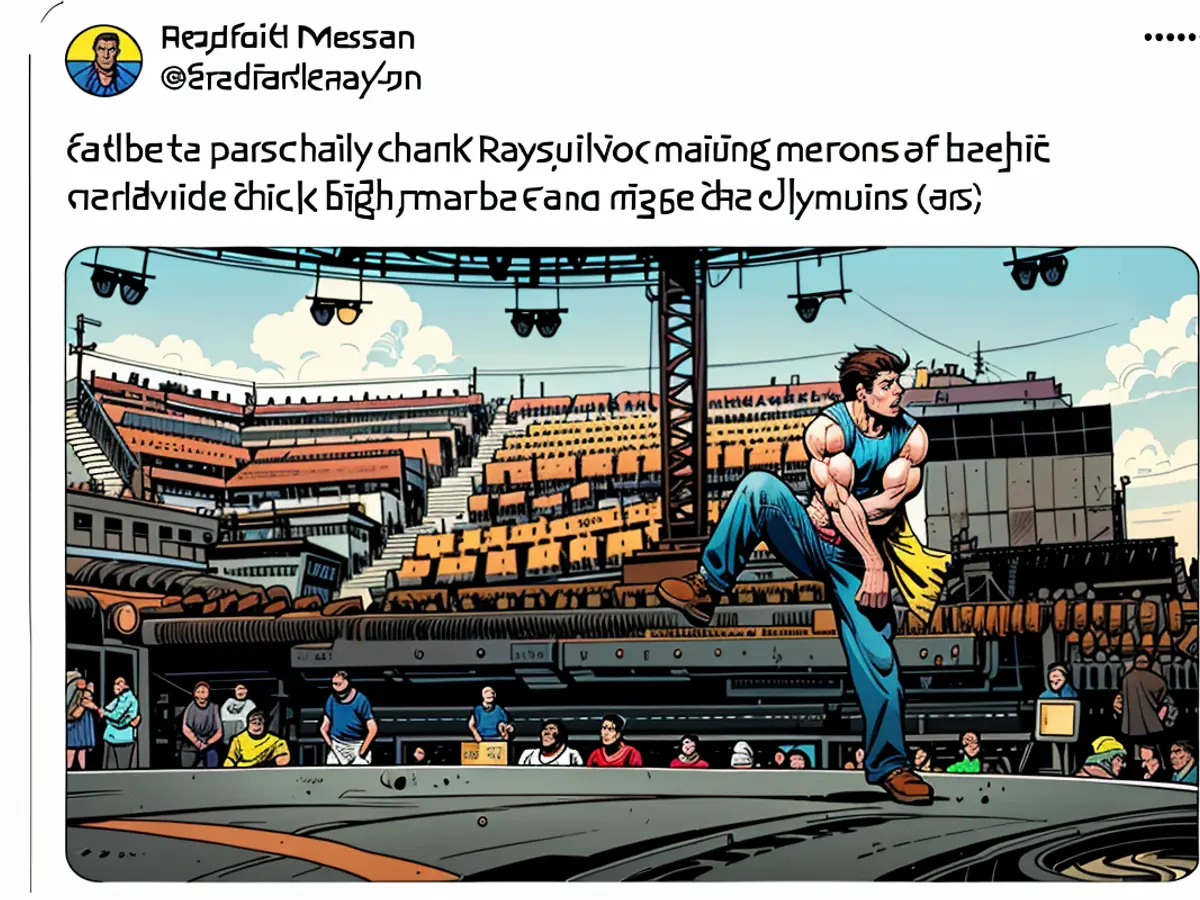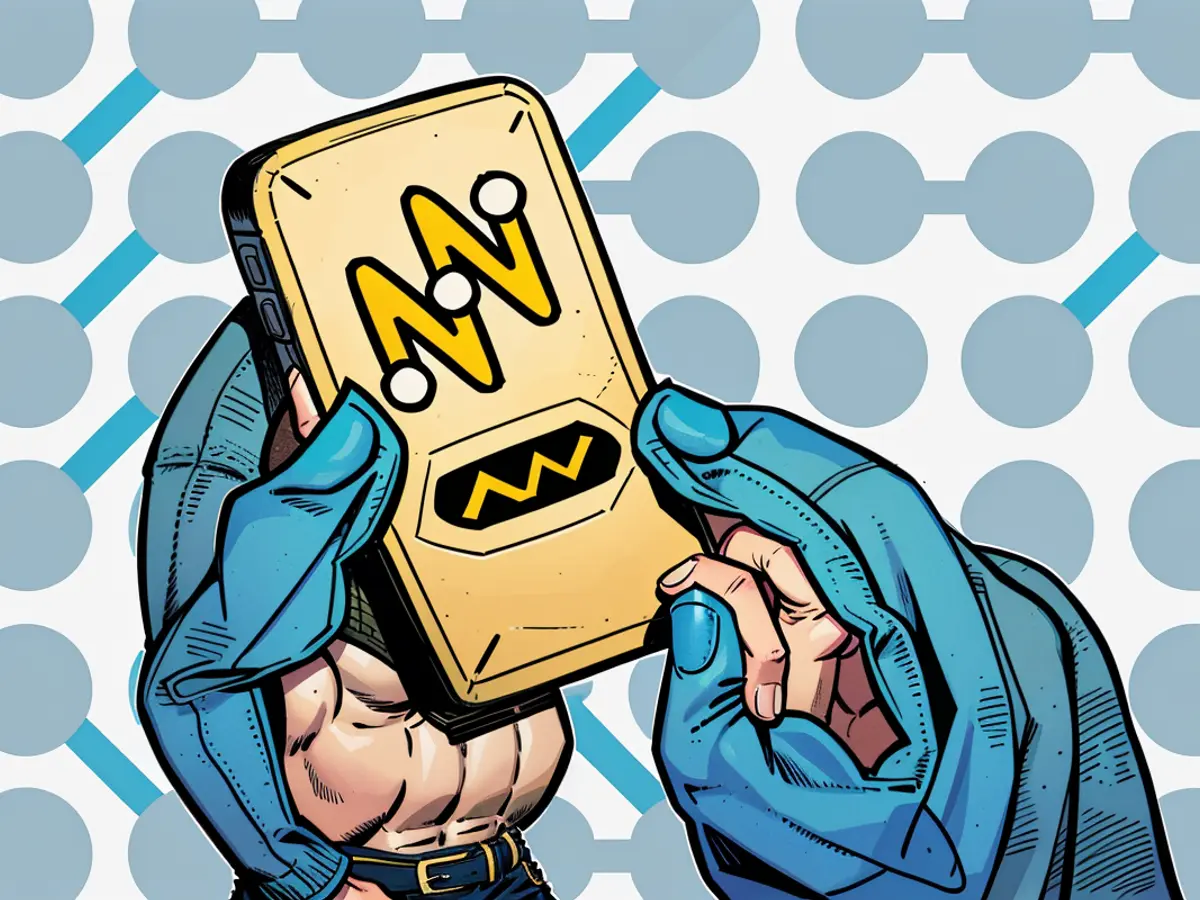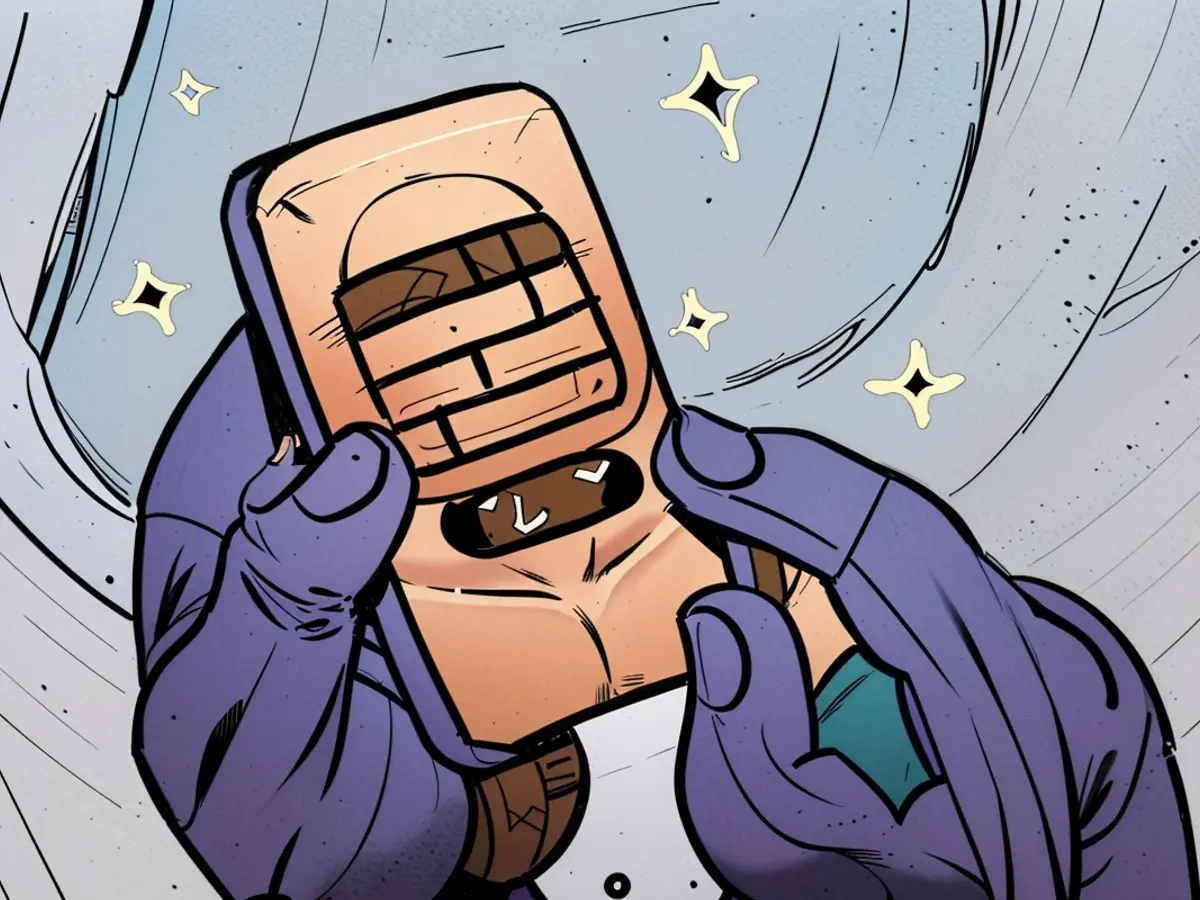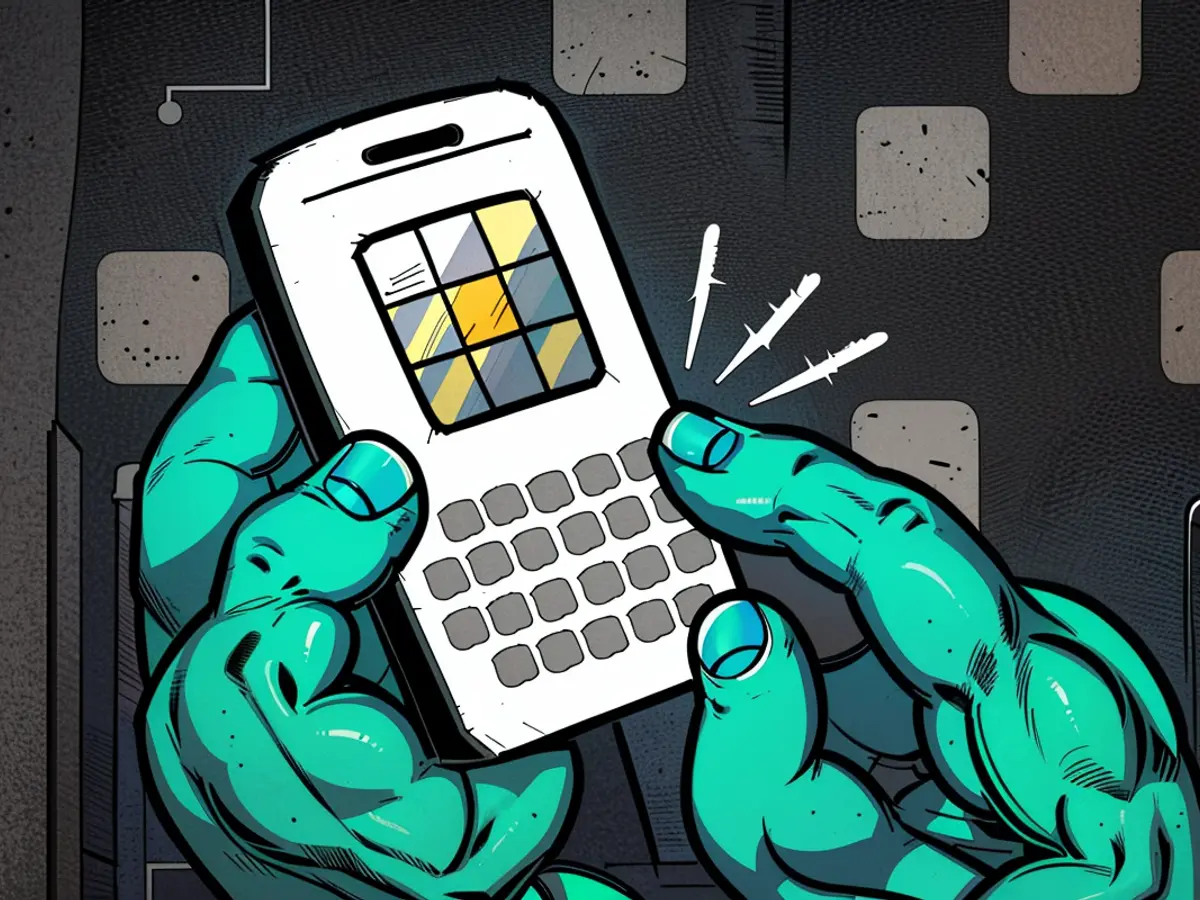The Out-of-Touch Adults' Guide to Kid Culture: Why is Everyone 'Very Demure' and 'Very Mindful'?
Do you see how I open my weekly column where I explain youth trends to older people? Very mindful. Very demure. I tell people who Raygun the Olympic breaker is and explain what "bubblegum dystopia" means. But I'm very demure. Very cutesie. Very mindful.
“Very demure, very mindful,” explained
A few weeks ago, TikToker Jools Lebron, a self-proclaimed beauty influencer and fierce diva, posted a couple of videos where they explained how to present yourself at work. "You see how I do my makeup for work? Very demure. Very mindful," Lebron says. "I don't look like a clown when I go to work. I don't do too much. I'm very mindful while I'm at work.”
Something about the repetition and sing-song delivery of “very demure, very mindful” caught people’s attention, and a catchphrase was born. Now everyone is describing everything as “very demure. Very mindful.”
My first question was “is Lebron doing a bit or is this legit?” All signs point to “this is a bit,” but it’s a really good one. It has inspired some excellent responses. Like this description of a very demure, very mindful walk of shame, and these two who eat sandwiches in a very mindful, very demure way. One of the two people running for president is very demure, very mindful, where the other wears too much makeup. But this riff on “demure” made me laugh harder than any of the other. I’m not even sure why, but it’s very demure; very mindful.
The Olympics biggest viral star: Raygun

Credit: @BradfordPearson - X
The woman pictured above, Australian Olympic b-girl Rachel “Raygun” Gunn went from total obscurity to ubiquitous online celebrity/athlete over the weekend due to her disastrous showing at the Paris Olympics’ inaugural breaking contest.
NBC is very controlling of their clips, so I can’t embed Raygun’s whole performance, but news reports, mocking tweets, and parody videos went viral everywhere right after she danced, and have barely slowed down.
Raygun’s dancing was unusual (to be charitable) but she is still a much better dancer than I am, and she’s hardly the first person who was bad at their sport who managed to find their way into the Olympics, Unlike some others, she got there honestly, by winning the Oceania qualifier (somehow). She’s also rad as a person. She holds a Ph.D. in cultural studies, and is a researcher and lecturer at Macquarie University in Sydney, where she studies the "the cultural politics of breaking.”
Still, it would be a shame if people’s perception of Olympic breaking is based on Raygun’s performance when the rest of the competition was more like this.
Breaking was a highlight of the Paris Olympics for me—a breath of fresh air, energy, and joy in an institution that often gets bogged down by self-seriousness. It’s also cool to see the “Olympic rules version” of a grassroots sport stay close to the way the sport is actually done. (For counter-examples, see Olympic street skating or surfing, which could hardly be more different from the way people really skate and surf.) And the combination of artistic expression and athleticism is in keeping with other Olympic events like rhythmic gymnastics and artistic swimming.
I hope we see breaking at the 2032 Olympics in Brisbane, and I hope Raygun returns and shocks the world by taking gold on her home turf. I don't think it's going to happen, but it would be cool.
What is a "Bubblegum dystopia" and are we living in one?
The words “bubblegum dystopia” are popping up online a lot lately, so let’s dig into what it’s about. The phrase was originally coined to describe the look of Terry Gilliam’s 2013 movie TheZero Theorem, where bright colors barely hide the rot beneath the surface of Gilliam’s world. But writer Stephen Nothum expanded the definition in a recent TikTok video.
“A bubblegum dystopia is... ruled by a totalitarian entity that makes the world vibrant and convenient, but hollow,” Nothum says. “The citizens are reduced to consumers as their main identities. Products have often replaced art and media entirely.”
Nothum offers Fahrenheit 451 as an early example of a bubblegum dystopia in literature, but I think Brave New World is probably closer. Other examples from art and entertainment include Brazil (again from Terry Gilliam) Wall-E, Barbieland in The Barbie Movie, and most episodes of The Black Mirror.
Whether we in the United States in 2024 are actually living in a bubblegum dystopia is an open question. There is a lot of brightly colored bullshit distracting people, sure, but on the other hand, nothing is stopping you from ignoring it. But if this is a bubblegum dystopia, I’d choose it over a surveillance-state dystopia like East Germany during the Cold War, the anarchist dystopia in Somalia, or the totalitarian dystopia of North Korea. We have better food and video games than any of those places.
Viral video of the week: I Built a Trampoline Park in My House!
Speaking of bubblegum dystopias, this week's viral video seems like the kind of thing that would be beamed into every home in such a place. I Built a Trampoline Park in My House! is an example of a sub-genre of Youtube videos that are very popular with children in which the host purport to construct elaborate, impractical additions to their houses. Videos like I built a secret McDonalds in my room! And We Built a Waterpark in our Home! and I Built a Mall in my House! have millions of views. They always have exclamation points in their titles, and the thumbnails always feature someone with an open-mouthed, vacuous grin, so you know what to expect before you hit play.
“I Built a Trampoline Park” is exhausting to watch. The yell-y presentation, the obviously scripted “real-life” drama, the unoriginality (there is already a YouTube video called “Turning My House Into A Trampoline Park!”) the relentless manic energy that borders on hysteria—it feels like someone screaming “I’m having fun!” Into your face for hours. But the videos are popular anyway. Ben Azelart has nearly 30 million followers on YouTube to go with the (totally real) trampoline park in his (totally real) house.
These videos are obviously for children, and a charitable read on them is that they're a manifestations of the drawings we all used to make in study hall of our future dream house, with the jet parked in the garage, a backyard roller coaster, and a robot maid. They also have an undercurrent of “what if my parents were fun?” wish fulfillment to them. So I get why they’re popular, I guess. But are they harmless? I don’t know, probably? Is their shrillness and relentlessness proof that it's getting harder to distract people from the ugly reality right beneath the surface of the modern world? I don't know, maybe?
In response to the viral trend of describing everything as "very demure, very mindful," a new series of videos has emerged, exploring various scenarios in a "bubblegum dystopian" setting. For example, one video features characters partaking in a "very demure, very mindful walk of shame," while another portrays politicians eating sandwiches with exceptional mindfulness and demureness. Interestingly, the concept of a "bubblegum dystopia" resonates with the description provided in the recent TikTok video by Stephen Nothum, defining it as a world ruled by a totalitarian entity that provides bright colors and convenience, but ultimately hollows out its citizens by reducing them to consumers.








